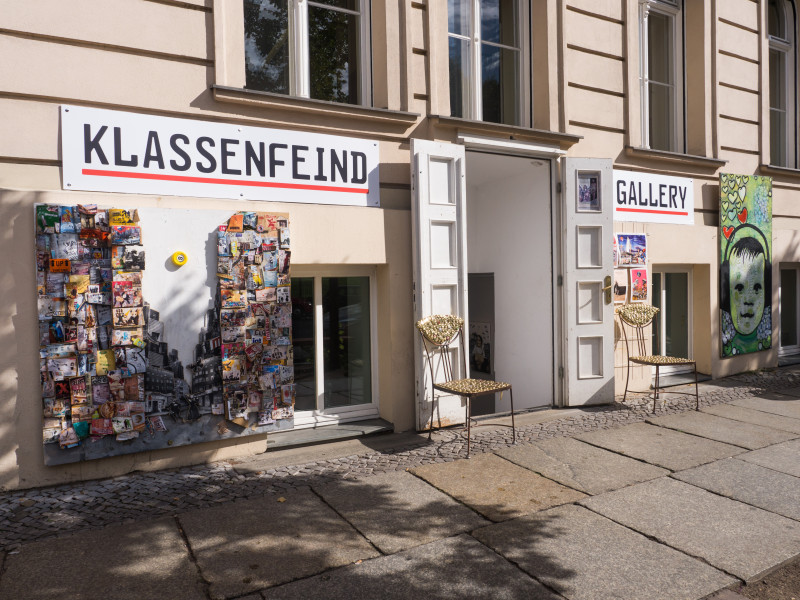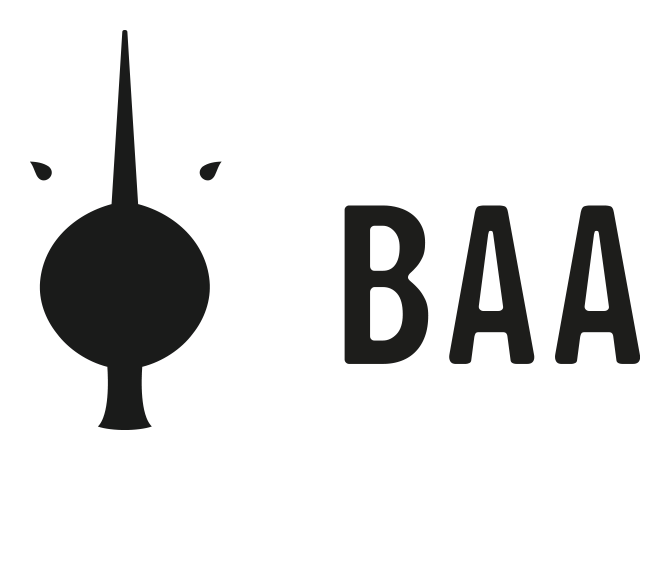
2 Photos
Klassenfeind: rendered into English as ‘enemy of the people’ or, more literally, ‘class enemy’. No, it’s not an early Joy Division track. It’s the name that was selected from a list of suggestions proposed by artist, Tim Roeloffs, as the one which best encapsulates the gallery’s Weltanschauung. But if we want to know why this name was chosen above all others, we should probably consider the full richness of the word.
If the history of all hitherto existing society is the history of class struggle, then the class enemy is the tragedy’s antagonist. It has walked the stage in every epoch, each time under a different mask. It is that reactionary element in society which strives to shackle freedom, crush revolution and asphyxiate creativity.
Yet for all its apparent simplicity, this phenomenon does not exist merely in binary opposition to class. In fact, ‘class’ itself can only be brought in being by the ‘class enemy’. As much of a contradiction as this is, we must remember the wise words of Friedrich Schelling: “contradiction is the venom of all life, and all vital motion is nothing but the attempt to overcome this poisoning”.
Roeloffs fully embraced this twisted logic when he chose to work in Berlin because its ‘optical ugliness’ proved to be the impetus to create art. It’s also the logic which allowed the vibrant alternative culture of Tacheles Berlin to sprout from the rubble of a decaying East-German neighbourhood. Most relevant to now though, it’s the force which impelled Berlin Affordable Arts to continue the straight-talking principal of “art from and for all” after Tacheles fell vi to the aggressive gentrifiintion of the now lucrative Mitte district.
That is why ‘Klassenfeind’ was chosen. The art exhibited in this modest space seeks to challenge the manoeuvrings of power. In his montages, Roeloffs uses détournement to create a kaleidoscopic explosion of carnivalesque. These pieces rebel against the forms of authority which produced their very base materials. In this context, the word embodies simultaneously both the obstacle and the inspiration to creation. It is the oppressor that makes revolution possible and art necessary.


